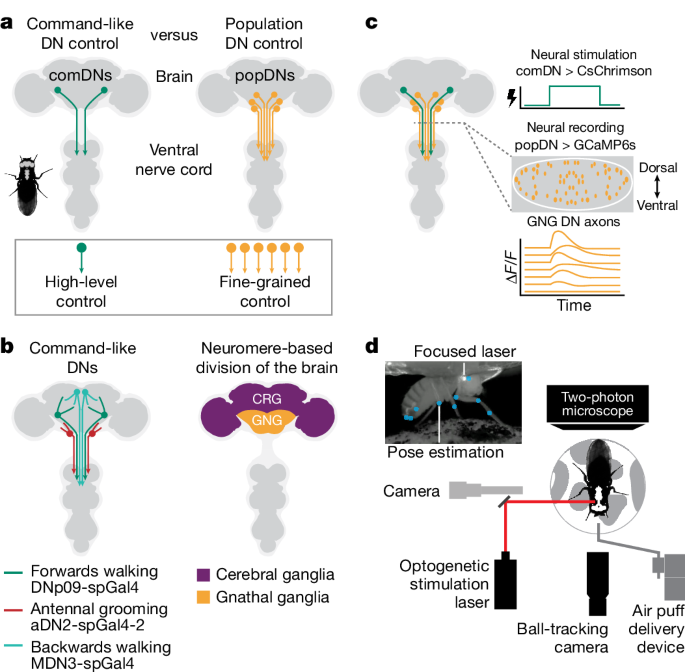2024-06-12 ゲーテ大学
<関連情報>
- https://aktuelles.uni-frankfurt.de/english/unknown-helpers-of-the-soil-how-invertebrates-support-the-decomposition-of-plants/
- https://onlinelibrary.wiley.com/doi/10.1111/mec.17351
土壌無脊椎動物にGH45セルラーゼが広く存在することをゲノムが証明 Genomic evidence for the widespread presence of GH45 cellulases among soil invertebrates
Hannah Muelbaier, Freya Arthen, Gemma Collins, Thomas Hickler, Karin Hohberg, Ricarda Lehmitz, Yannick Pauchet, Markus Pfenninger, Anton Potapov, Juliane Romahn, Ina Schaefer …
Molecular Ecology Published: 07 May 2024
DOI:https://doi.org/10.1111/mec.17351

Abstract
Lignocellulose is a major component of vascular plant biomass. Its decomposition is crucial for the terrestrial carbon cycle. Microorganisms are considered primary decomposers, but evidence increases that some invertebrates may also decompose lignocellulose. We investigated the taxonomic distribution and evolutionary origins of GH45 hydrolases, important enzymes for the decomposition of cellulose and hemicellulose, in a collection of soil invertebrate genomes. We found that these genes are common in springtails and oribatid mites. Phylogenetic analysis revealed that cellulase genes were acquired early in the evolutionary history of these groups. Domain architectures and predicted 3D enzyme structures indicate that these cellulases are functional. Patterns of presence and absence of these genes across different lineages prompt further investigation into their evolutionary and ecological benefits. The ubiquity of cellulase genes suggests that soil invertebrates may play a role in lignocellulose decomposition, independently or in synergy with microorganisms. Understanding the ecological and evolutionary implications might be crucial for understanding soil food webs and the carbon cycle.


